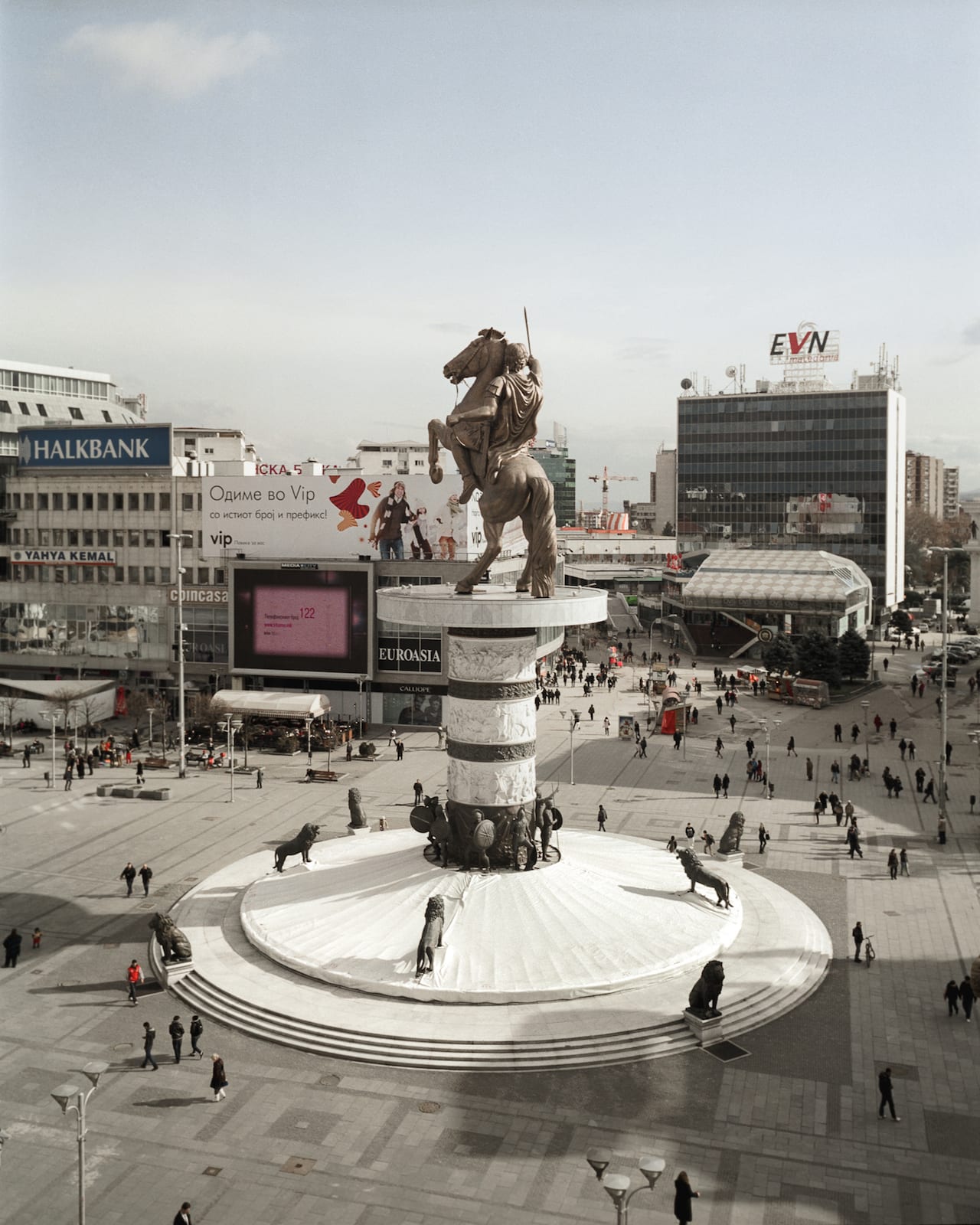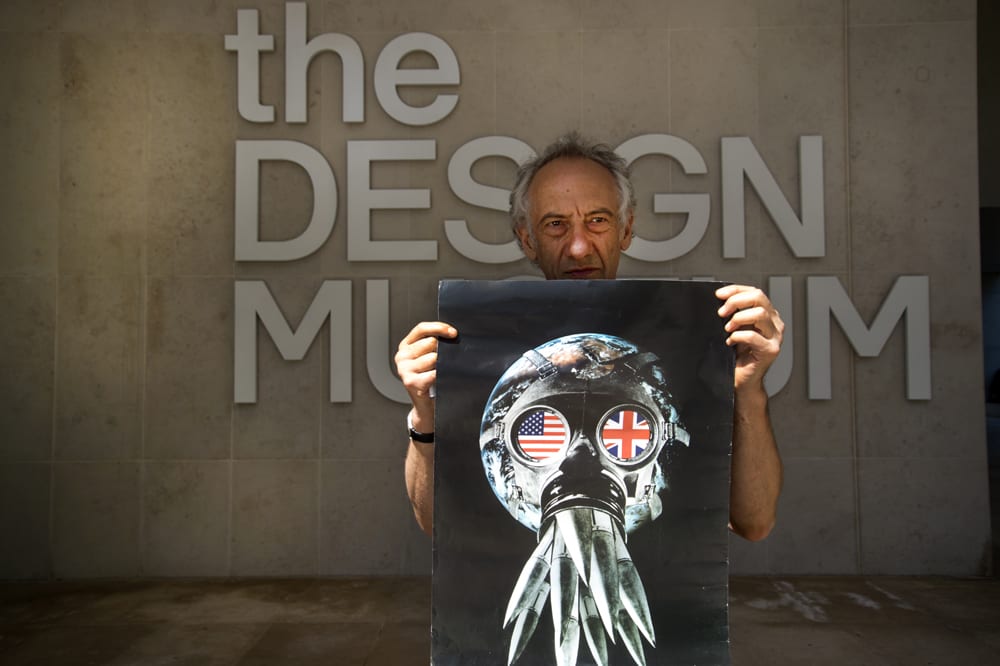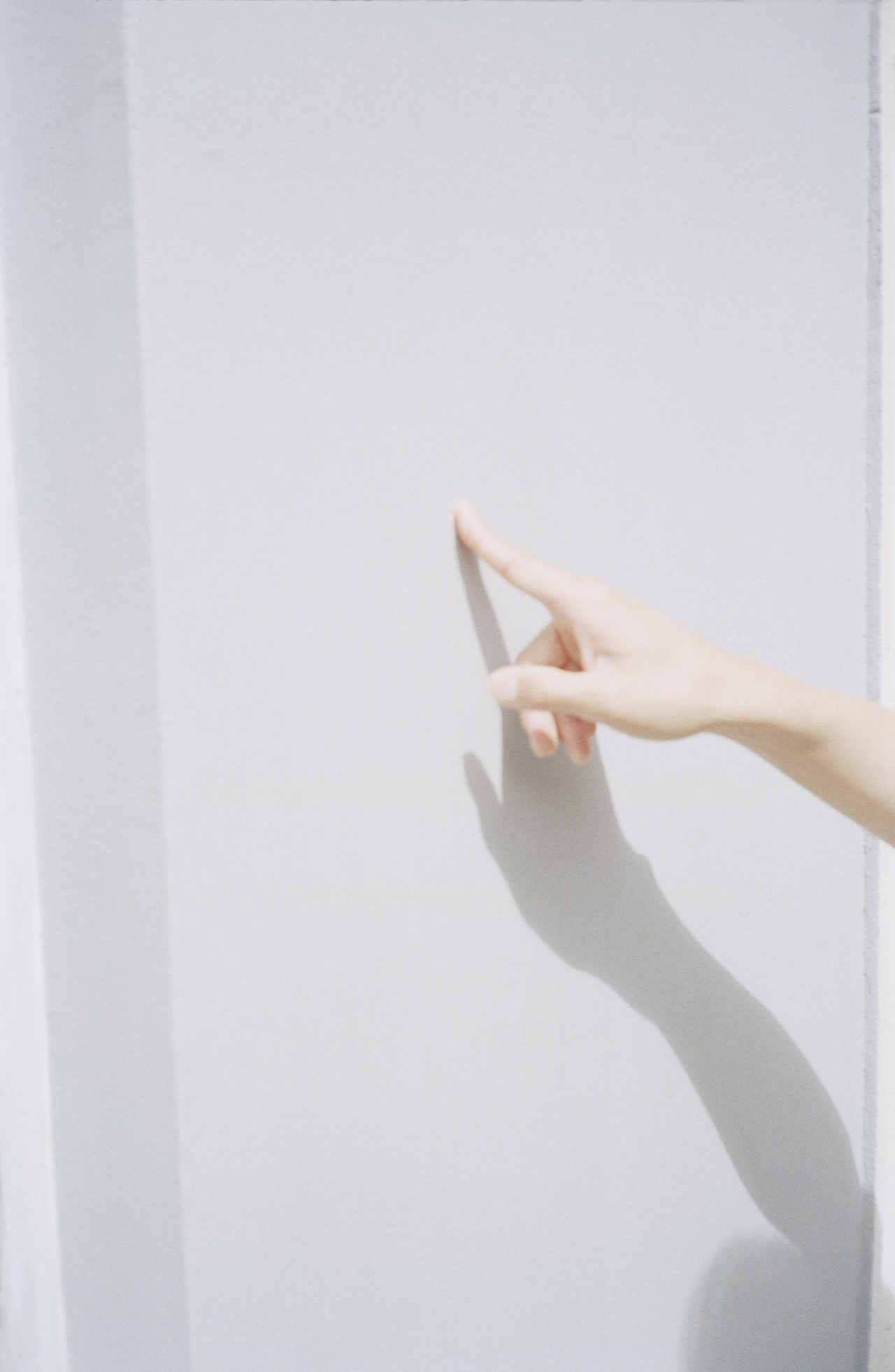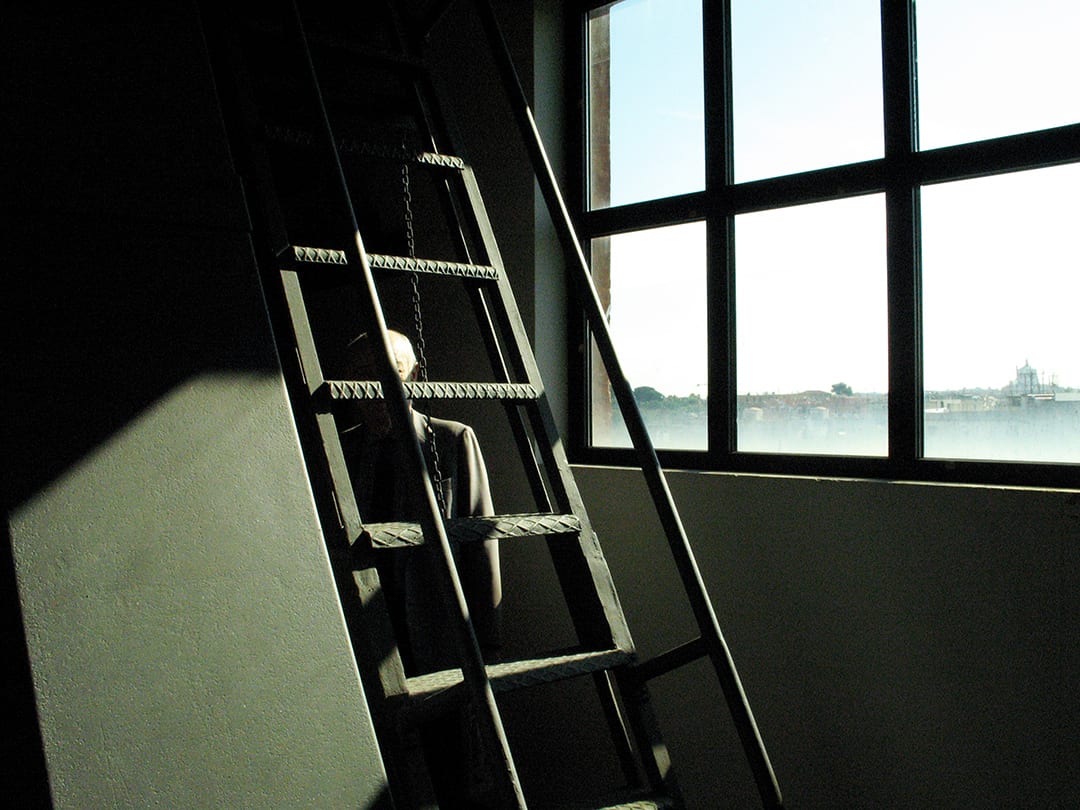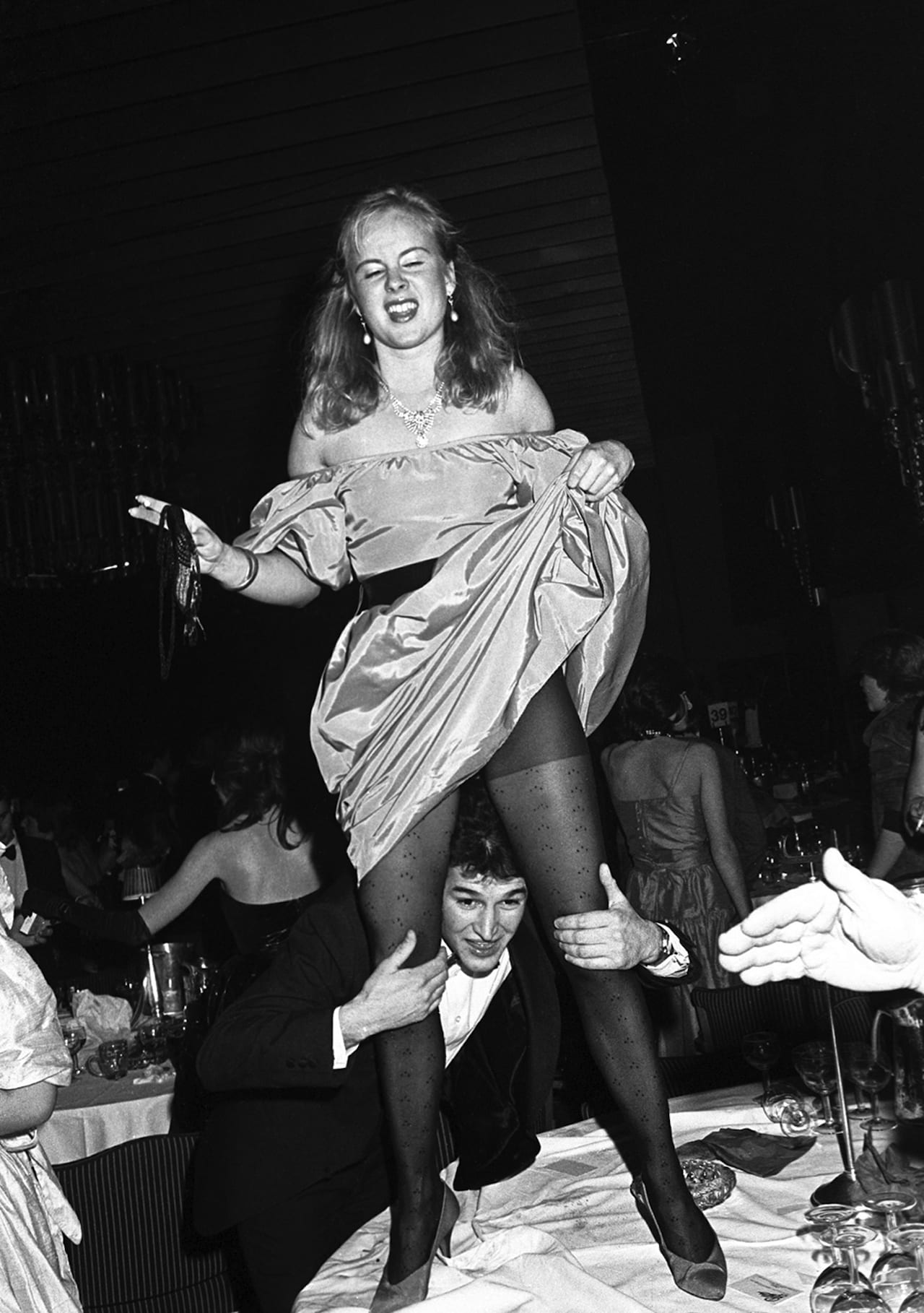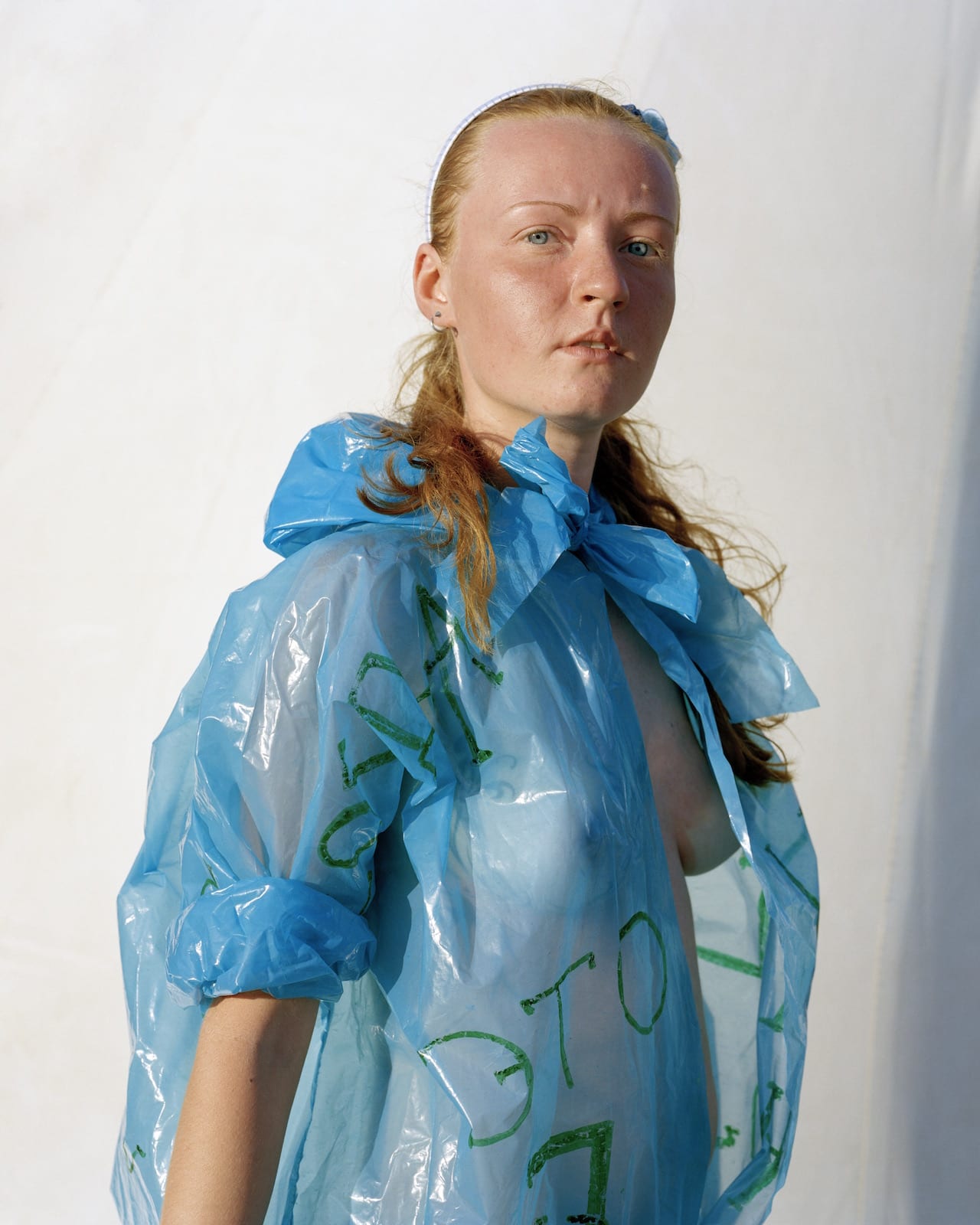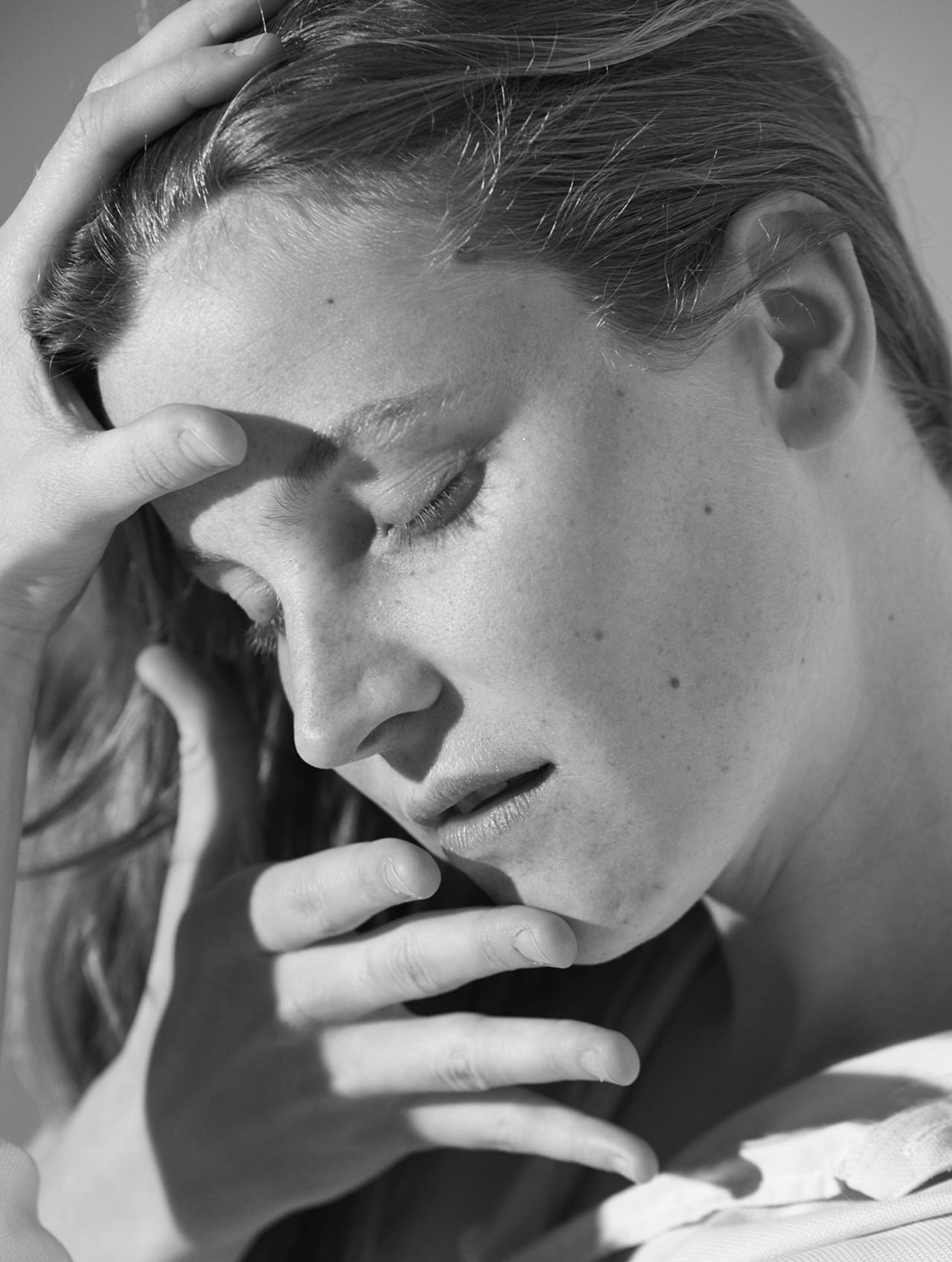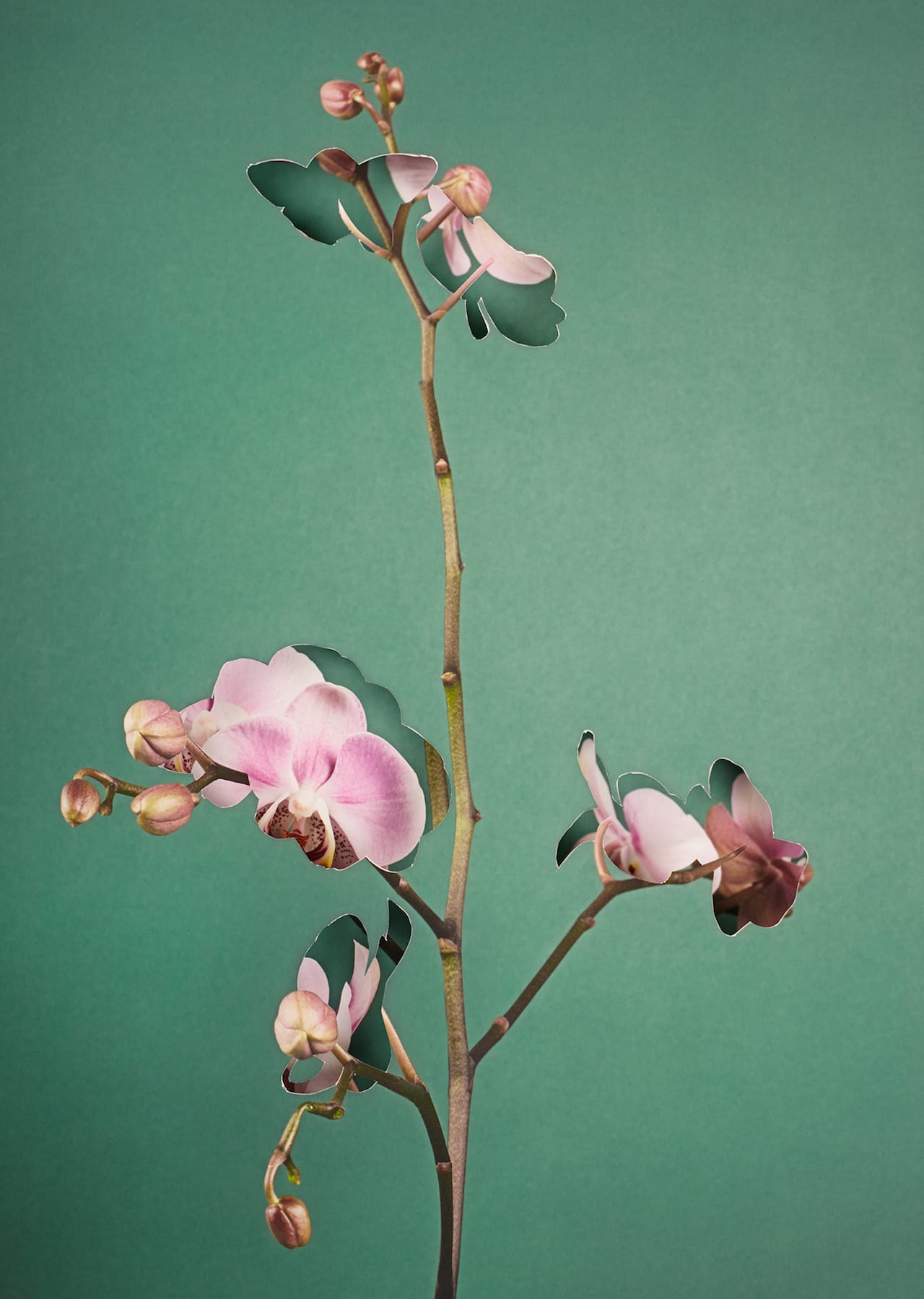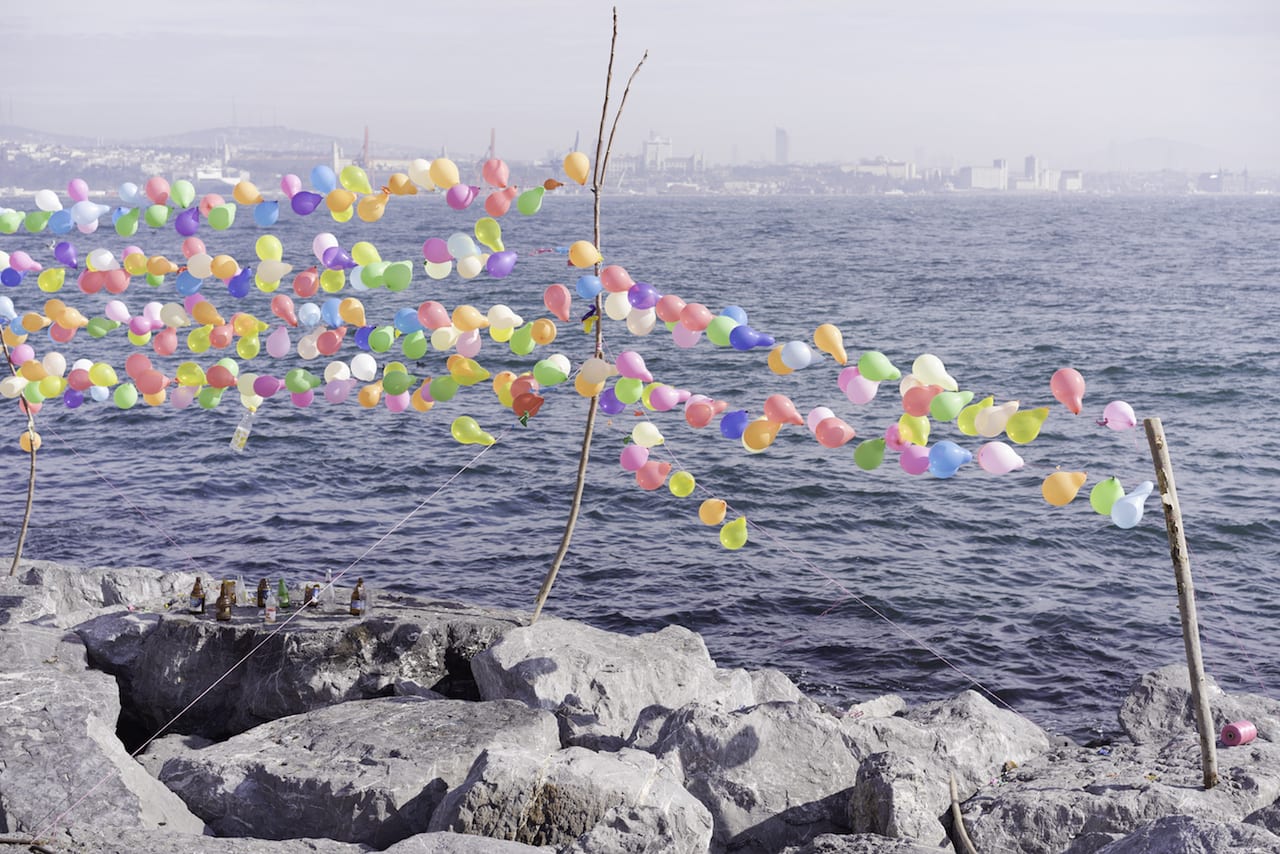Pasko Kuzman wears four watches because he believes they help him travel through time. He’s an archaeologist who works in an office called Troy, searching for the burial site of Alexander the Great, and other elements of Macedonia’s Classical past.
Kuzman is one of the many characters Michał Siarek met while photographing Alexander, an exploration of Macedonian national identity by way of ‘Skopje 2014’. Set up in 2010 (and originally slated to end in 2014), the Skopje 2014 project hopes to make Skopje a tourist attraction by drawing on its history – Macedonia was once part of Ancient Greece, and shares its name with a Northern Greek province, but is now so far removed from its heritage that its neighbour lobbied for it to be called the Former Yugoslav Republic of Macedonia.

